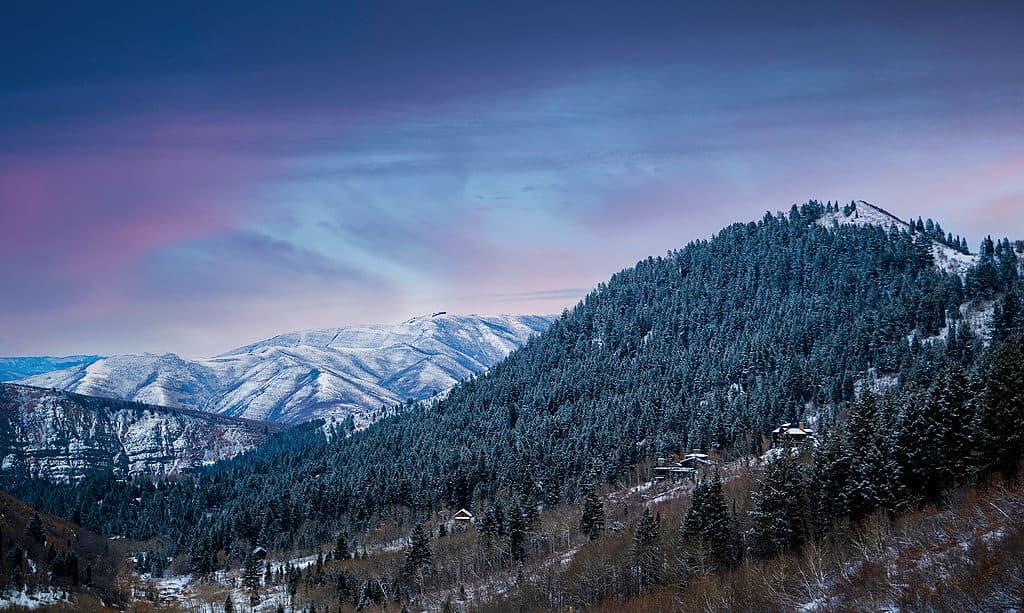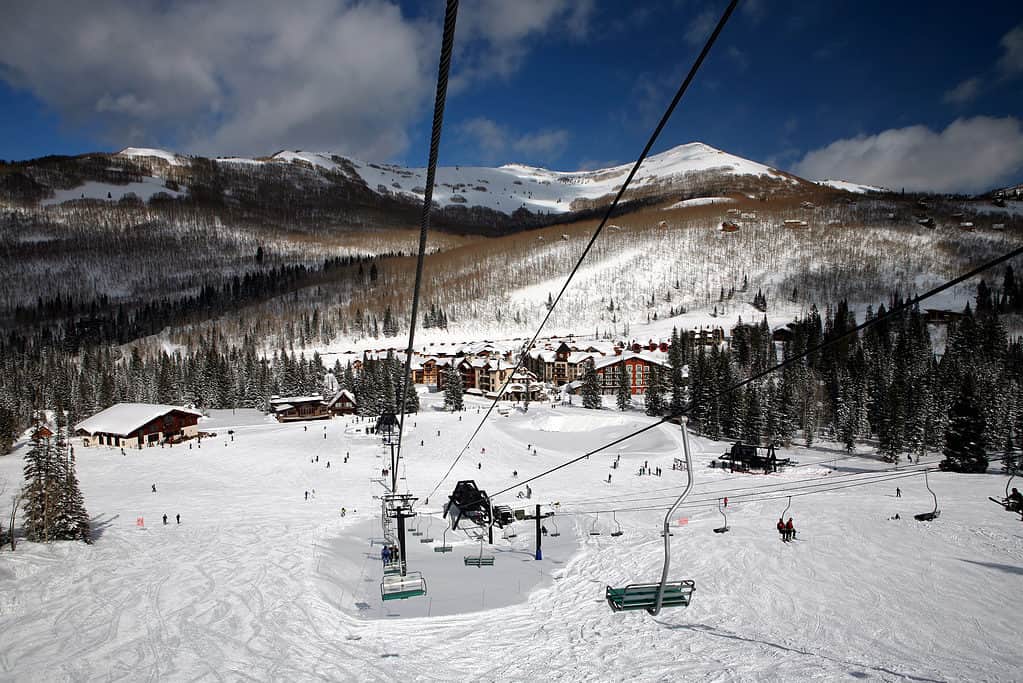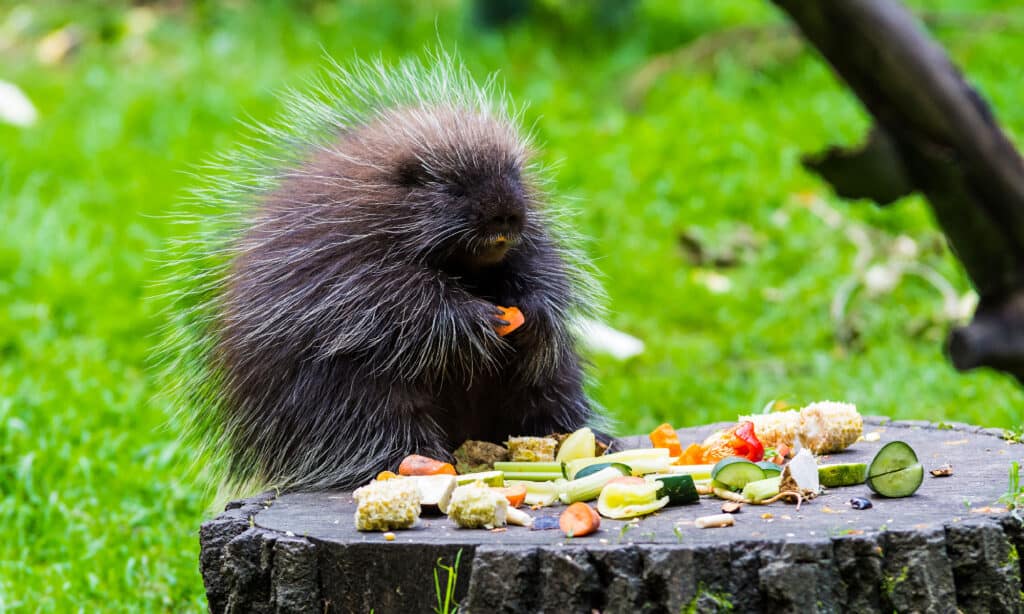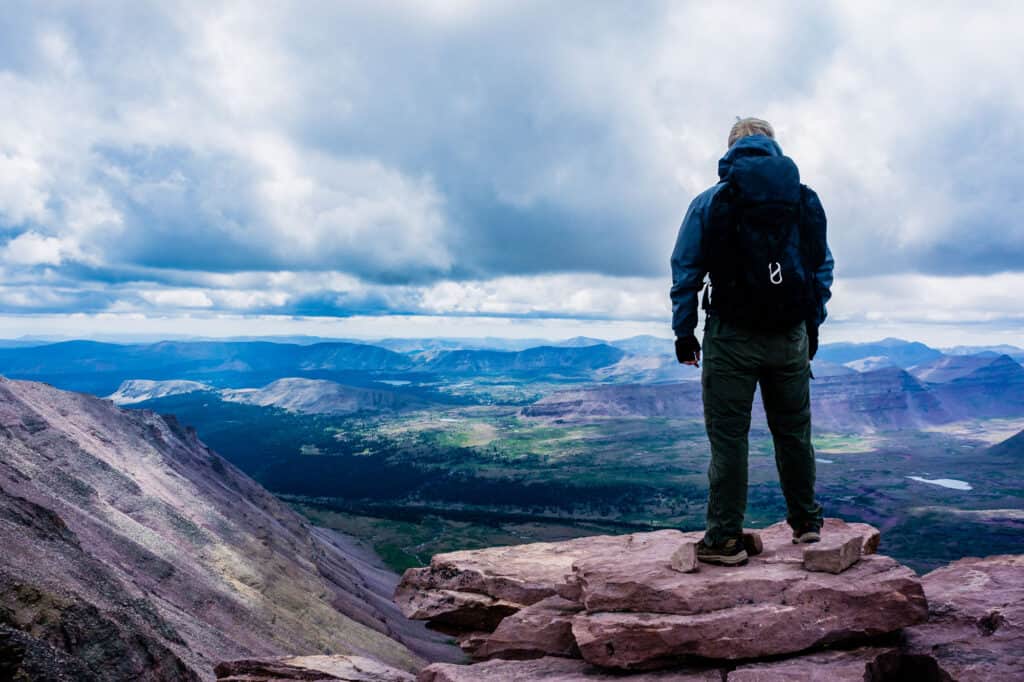The climate of the state of Utah is generally semi-arid, with warm summers and cold winters. The average summer temperature in Utah ranges from 61 degrees Fahrenheit near the Great Salt Lake to 93 degrees in southern Utah. During winter months, temperatures can reach below zero across most of the state. In some areas, such as mountainous regions or valleys, snowfall is common during the winter months. However, drier areas may only see a dusting every few years.
Coldest Temperature Ever Recorded (-69°!)

Utah’s record cold temperature of -69 degrees is one of the coldest temperatures ever recorded in North America!
©NickSpinder/Shutterstock.com
The coldest temperature ever recorded in Utah was on February 1, 1985, at Peter’s Sink in the Bear River Range. On that day, the temperature dropped to -69°F. This is one of the lowest temperatures ever recorded in North America! It still holds the record as the coldest temperature documented in Utah. It’s no surprise that this location is one of the coldest spots throughout the state.
Why is Peter Sinks Utah So Cold?
Peter Sinks, located in northern Utah, sees extremely low temperatures. The area averages an annual temperature of just 8°F; very chilly indeed! Situated at 8,164 feet, Peter Sinks is a limestone sinkhole half a mile wide. Because it’s not connected to any valleys, it is one of the most frigid spots in the United States.
Peter Sinks experiences some of the coldest temperatures because of its high elevation. On clear, calm nights, heat from the daytime dissipates quickly into the atmosphere. At the same time, cool air descends to the basin floor. This cold air pooling phenomenon can cause temperatures to drop drastically, particularly following a cold front. The area has a continental subalpine/subarctic climate.
Due to its location near several mountain ranges – including Wasatch and Uinta – Peter Sinks receives cold air from all directions. This further contributes to its freezing climate. Finally, the dry desert land ensures there isn’t much moisture in the atmosphere to act as insulation against dropping temperatures. Altogether this combination of factors helps make Peter Sinks one of Utah’s coldest locations.
Does It Snow in Utah?

Salt Lake City receives around 50 inches of snowfall each year, making it an ideal destination for snow sports and winter recreation.
©Alexander Gordeyev/Shutterstock.com
Yes! Utah is a stunning combination of desert and mountain views, attracting tourists from all over the globe. Skiing and other snow-related activities are deeply embedded in the culture and economy of the state.
Salt Lake City receives around 50 inches of snowfall each year, making it an ideal destination for winter recreation. The average winter temperature in the city is 32°F, but temperatures can drop below zero for short periods of time. These colder spells provide a great opportunity for outdoor sports like cross-country skiing.
Animals That Survive Utah’s Coldest Temperatures

In addition to their infamous quills, porcupines have thick fur coats, which help them to retain their body heat.
©iStock.com/henrik1978
The animals that inhabit Peter Sinks in the Bear River Mountains are very well adapted to surviving Utah’s coldest temperatures. They have coats of fur, extra layers of fat, or thick feathers. These resources provide warmth, helping to insulate the animals from the cold, reducing their risk of frostbite and hypothermia.
Elk and Moose
Elk and moose increase their body fat in late summer, which helps them stay warm during winter.
Coyotes
Coyotes are incredibly well-adapted to cold weather and are able to survive in temperatures as low as -50°F. They have several adaptations that help them stay warm, such as thick fur coats, which insulate them from the cold and prevent heat loss. Coyotes also huddle together for warmth in groups of up to 20 individuals when temperatures drop significantly. Additionally, coyotes will often seek out areas with natural windbreaks, such as rock formations or dense shrubbery. Here, they can find shelter from the cold winds.
Porcupines
Porcupines use a combination of techniques to stay warm in the cold Utah winters. In addition to their famous quills, these animals have thick fur coats, which help them to retain their body heat. They also seek out shelters such as tree hollows or rock crevices that shield them from the wind and snow. Even though porcupines are solitary creatures much of the year, they may huddle together to keep warm during winter. They also spend much of their time inactive during winter months. This helps conserve energy, so they do not expend too much heat while searching for food sources.
Mountain Lions
Mountain lions are well-adapted to the cold temperatures of Utah winters. They shed their summer coat and grow thick double-layer coats for winter. This new coat is thick and keeps snow off of their skin. They also have a large tail that they wrap around themselves when it gets too cold, providing extra warmth and protection. Mountain lions are smart and take advantage of their habitat by seeking out shelters in caves or hollow logs. Finally, mountain lions have a special system of blood vessels that circulates warm blood throughout their body.
Winter Activities
Utah’s snow-covered mountains create amazing views during the winter. Hiking, biking, and canyoneering are all possible winter activities!
Biking
When biking, it is critical to have ice traction devices on your boots since roads or trails may be hazardous and impassable. Biking in winter means fewer people are nearby, and you may spot animals if they are not in hibernation. To be sure of the road and trail conditions, it is wise to speak with the rangers before venturing out.
Photography
Utah’s winter season is truly a sight to behold, with the white snow providing a stark contrast against the vivid colors of nature. Stunning storms often fill up the sky with dramatic clouds and lightning, while crystal clear light gives photographers an opportunity to capture some incredible shots. Streams become deeper due to increased water levels, creating beautiful cascades and waterfalls. Meanwhile, visitors often spot animal tracks in many places during the wintertime, and you may even see the animals themselves! All in all, Utah is an absolute paradise for photography enthusiasts. Get inspired by breathtaking landscapes unique to Utah winters!
Hiking

Hiking in Utah is a fun winter activity, but some trails may be closed due to icy conditions.
©Greg Rorem/Shutterstock.com
In the winter, officials may close trails due to icy conditions, but those equipped with traction devices on their boots may be brave enough to take the risk. Chinle Trail is a low desert path that takes you through pinion and juniper terrain. Coalpits Wash, which is usually very hot during the summer season, is a comfortable temperature in winter. This hike offers views of The West Temple and Mt. Kinasava, with the option to hike a few miles out and back or complete the full 11.7-mile trek.
Backpacking and Canyoneering
Rangers do not allow winter backpacking trips due to the extreme cold, but they permit day hikes with appropriate protective clothing. Make sure to check in with the local rangers before heading out to ensure safety. Slot canyon hiking during the winter and early spring is not advised. However, experienced backpackers can explore the Spry and Behunin Canyons.
NEXT UP
- Utah’s Coldest January on Record Will Send Shivers Down Your Spine
- Discover the Deepest Lake in Utah
- 10 Breathtaking Mountains In Utah
The photo featured at the top of this post is © yoshimedia/Shutterstock.com
Thank you for reading! Have some feedback for us? Contact the AZ Animals editorial team.






